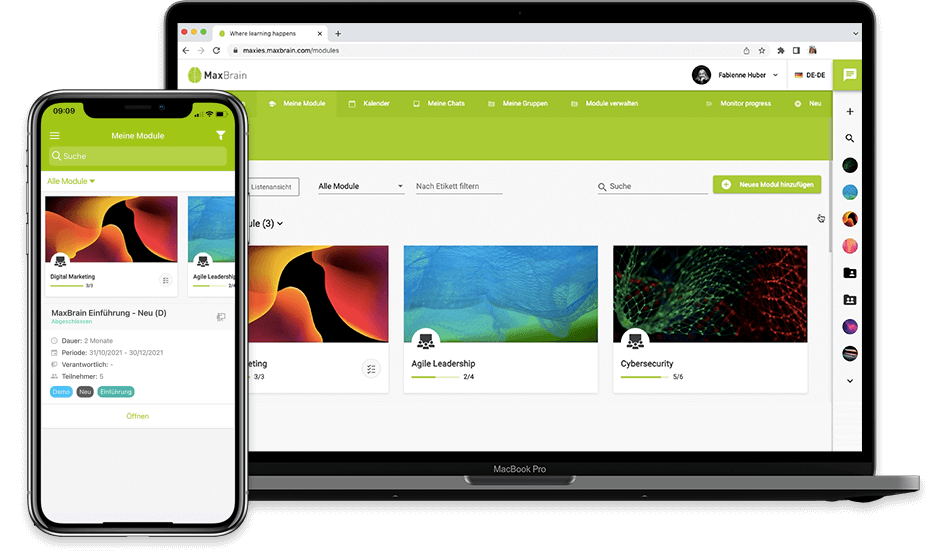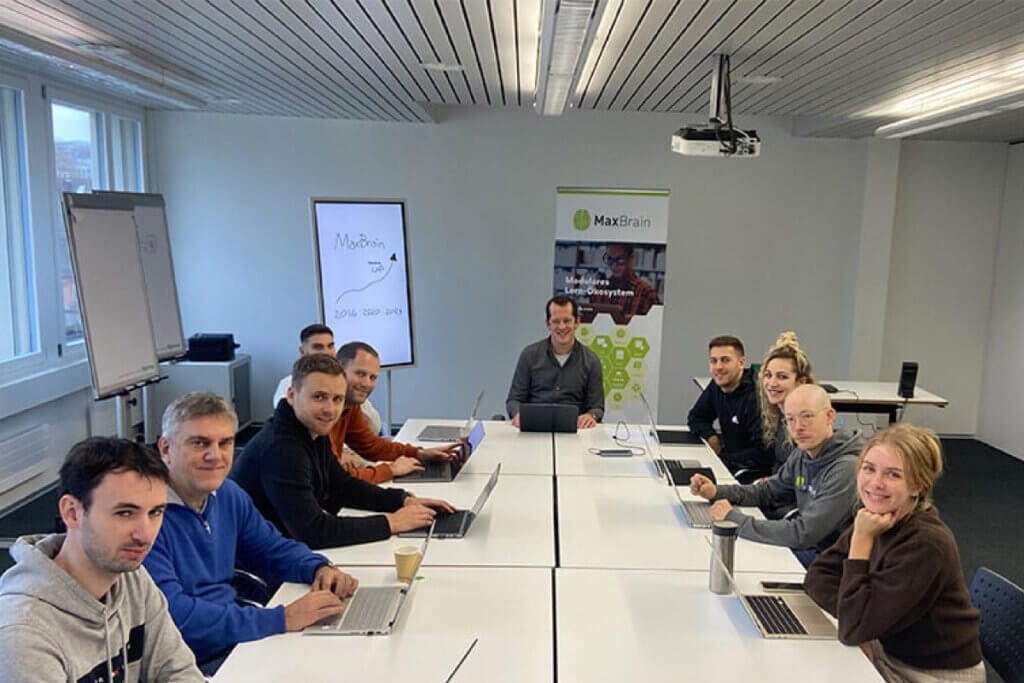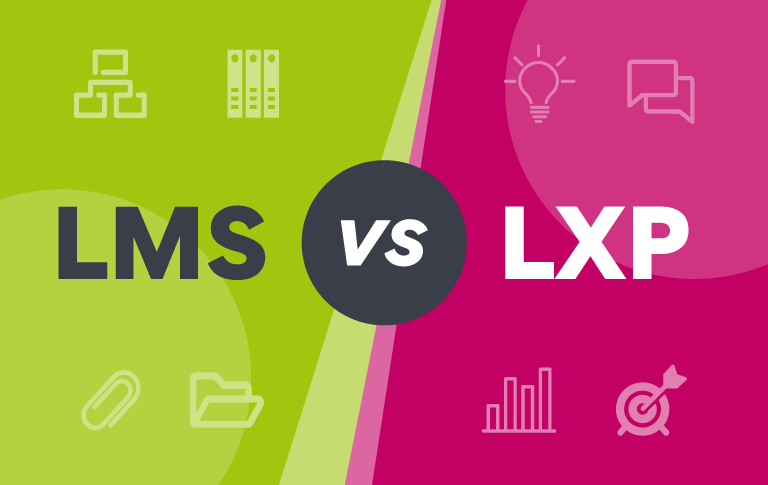New technology is changing all aspects of our daily lives - from smart home appliances to automation in the workplace, whether on the factory floor or in auditing firms. Social distancing, various hygiene measures and protection concepts have been an integral part of our everyday lives since spring 2020. Society has had to adapt to cope with the current circumstances. Where personal contact used to seem unavoidable, technology is now being used because this contact currently has to be massively reduced. Although schools and businesses have partially reopened, COVID has changed the view of how daily life and business can be conducted. For companies, hybrid working arrangements are becoming the rule rather than the exception. The same applies to educational institutions, with the use of the right technological tools, a hybrid learning environment is created that enables both learners and lecturers to exchange ideas continuously and from any location.
So what is hybrid learning?
Hybrid learning is an approach to knowledge transfer where face-to-face teaching is combined with distance learning. The main difference between hybrid and blended learning is that blended learning attempts to balance both the face-to-face and online components within a course, whereas hybrid learning focuses on the best option or opportunity for each learning objective. In hybrid learning, for example, a learning unit can be used in face-to-face teaching with or without a video conferencing component.
The rise of Zoom and other platforms, often intended as a stopgap for traditional face-to-face teaching during lockdown, has also boosted the popularity of hybrid learning. Especially in the current, very uncertain situation, the aim is to continue to ensure student engagement. Even if face-to-face teaching takes place, it is not always possible to ensure that the entire class can be physically present due to various restrictions. This means that a hybrid learning landscape will continue to be part of the "new normal". If there are no restrictions in terms of class size in the future, hybrid settings will nevertheless remain. This is because location-independent learning will remain a customer requirement.
Hybrid learning is also a great way to easily integrate continuous on-the-job training into the daily routine of workers. Busy professionals can now learn based on their preferences (online, mobile or desktop, or face-to-face). For example, if learners or even lecturers are in quarantine or isolation, a hybrid course setting allows them to continue attending the seminar. And as soon as they are able to participate in person again, they are free to do so.
How to implement a hybrid learning strategy
Due to the current situation, more people in Switzerland are tied to working from home, whether for professional, family or health reasons, or perhaps simply because they are opting for social distancing and security. The demand for functioning hybrid learning systems is therefore growing so that group work can continue regardless of location, classmates can at least see each other virtually and lecturers can interact with their classes. This is all thanks to the technology available to us today. Various components are needed to create a hybrid learning system. These include not only an easy-to-use Learning Management System (LMS) as a single place where all coursework and documents can be shared and edited, a video conferencing tool (such as Zoom, MS Teams, Cisco Webex), but also hardware consisting of screens, webcams and microphones. The webcams and microphones should be positioned in such a way that the virtual participants can follow what is happening. The screens should also give those physically present the feeling of being participants in the course room. It is important to align screens, cameras, microphones and loudspeakers optimally for those physically present as well as remote participants.
Possibilities of what a hybrid classroom can look like.
Possibilities of what a hybrid classroom can look like.
There are many different software and hardware providers for hybrid learning solutions on the market. The multitude of options can leave some educational institution managers in despair. That's why at MaxBrain we have integrated the most popular video conferencing tools such as Zoom, Webex and Teams so that learning and communication can take place on a unified platform that utilizes the best software available to create a seamless and engaging hybrid learning environment. We also work with hardware providers to ensure we can help you find the right equipment for your individual needs.
A long-term strategy that offers your organization flexibility to anticipate the ever-changing COVID regulations needs to be deployed. Hybrid classrooms need to be a part of this to switch to a fully online scenario within a short period of time without extensive changes to the course structure or infrastructure. So that courses can continue to run and services can be delivered to ensure your business continuity.
Hybrid learning with MaxBrain
In Switzerland, MaxBrain already supports leading further education institutions such as WEKA, ZFU, VEB.CH and Digicomp with technology and consulting for their hybrid learning strategies. If you also want to create hybrid classrooms, get in touch with your MaxBrain contact to discuss your needs: info@maxbrain.com.




















